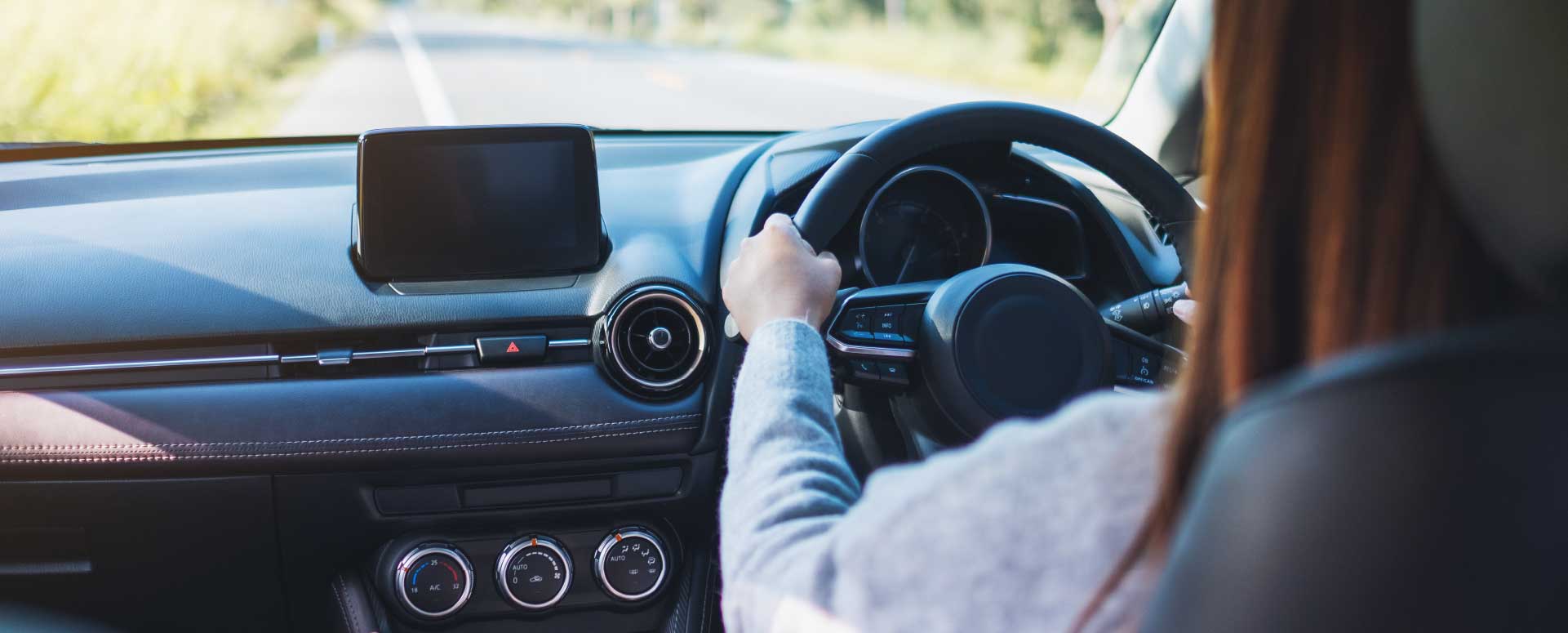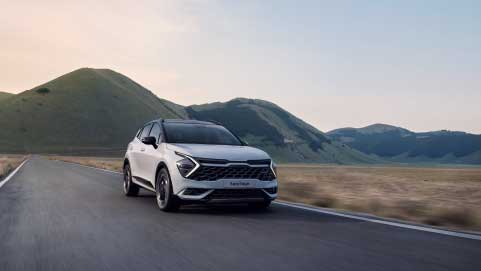Exploring the cost of grey fleet
This week, the British Vehicle Rental and Leasing Association (BVRLA) released figures following the biggest ever study of grey fleet vehicles, which has uncovered some shocking results.
The term 'grey fleet' is used to describe vehicles that do not belong to the company, but are used for business travel, for example employees' private vehicles.
The nation's grey fleet comprises 14 million cars, equating to 40 percent of all vehicles on the road. The report claims this costs employers a whopping £5.5 billion a year in mileage claims and car allowances.
The report, 'Getting To Grips With Grey Fleet', produced by the Energy Saving Trust (EST) for the BVRLA, discovered that some 12 billion business miles are driven each year on Britain's roads by employee-owned cars; miles which are then claimed back on a pence-per-mile basis.
The cost of a grey fleet vehicle is not solely financial, however. Comparing a typical grey fleet vehicle to other alternatives, such as rental cars, car club vehicles, and company cars, the research found that grey fleet vehicles were 'exhausted' - older, more polluting, and potentially more dangerous.
According to the report, Britain's grey fleet is responsible for:
- Some of the oldest cars on UK roads, with an average age of 8.2 years.
- 3.6 million tonnes of CO2 per year, equivalent to the average emissions of 1.5 million cars.
- 8,156 tonnes of NOx, a dangerous air pollutant and one of the main contributors to the UK's air quality issues, equivalent to twice the emissions from Transport for London buses.
- A significant portion of the £2.7 billion costs associated with work related road accidents.
- More than £5.5 billion worth of potentially unmanaged costs from mileage claims and car allowances.
Although grey fleet is obviously a big problem for Britain's companies, this 'invisible' fleet is often overlooked.
BVRLA Chief Executive, Gerry Keaney, says: "The invisible grey fleet is hiding in plain sight of Britain's bosses and is a blind spot in the government's transport strategy. The Approved Mileage Allowance Payments (AMAP) system used for reimbursing grey fleet drivers is the only part of the motoring tax regime that provides no incentive to drive fewer business miles or use cleaner vehicles. This blind spot is wasting taxpayer money, costing businesses millions of pounds, damaging our environment and making our roads more dangerous".
Calling for a concerted effort from company bosses and policymakers to tackle these issues, the BVRLA is targeting a 50 percent reduction in grey fleet mileage and costs by 2020. Cutting grey fleet mileage by just 15 percent would be the equivalent of taking 225,000 cars off the road in emissions terms.
Action you can take
From a legal perspective, an organisation has a duty of care to an employee regardless of vehicle ownership, so the grey fleet needs to be managed as effectively, as company-owned or leased vehicles.
Our advice to companies is to ask the following questions when reviewing their grey fleet vehicles:
- Is the vehicle roadworthy and appropriate for business use?
- Does the driver have a valid licence which has been confirmed with the DVLA?
- Is the driver fit to drive?
- Does the driver have extra insurance cover to include business trips?
- Is there evidence of service records and a vehicle health check, demonstrating points such as the tyre tread depth are legal?
To combat the issues raised in this extensive report, employers should also consider alternatives to grey fleet vehicles, helping to save both money and environment-damaging emissions. These could include:





